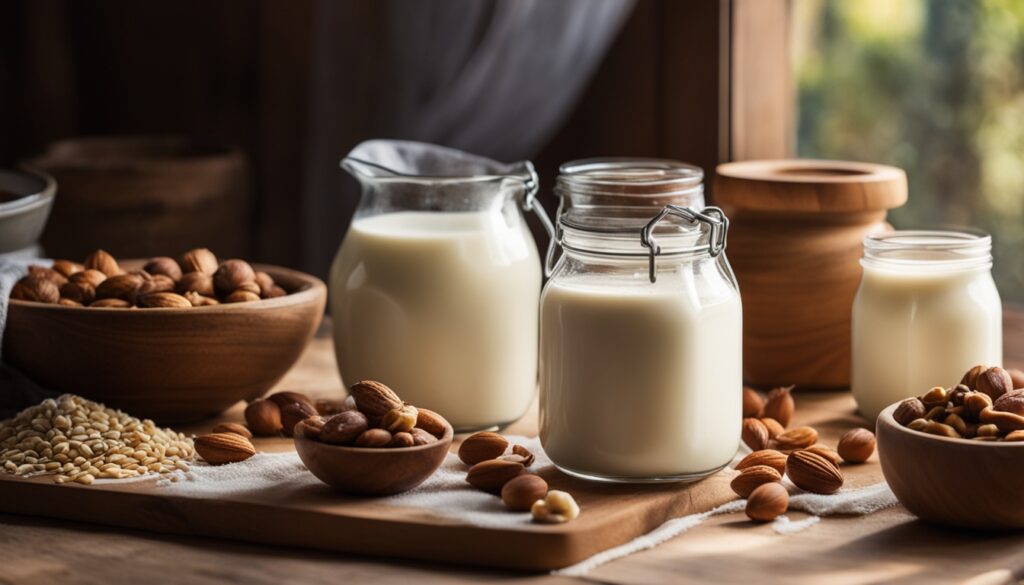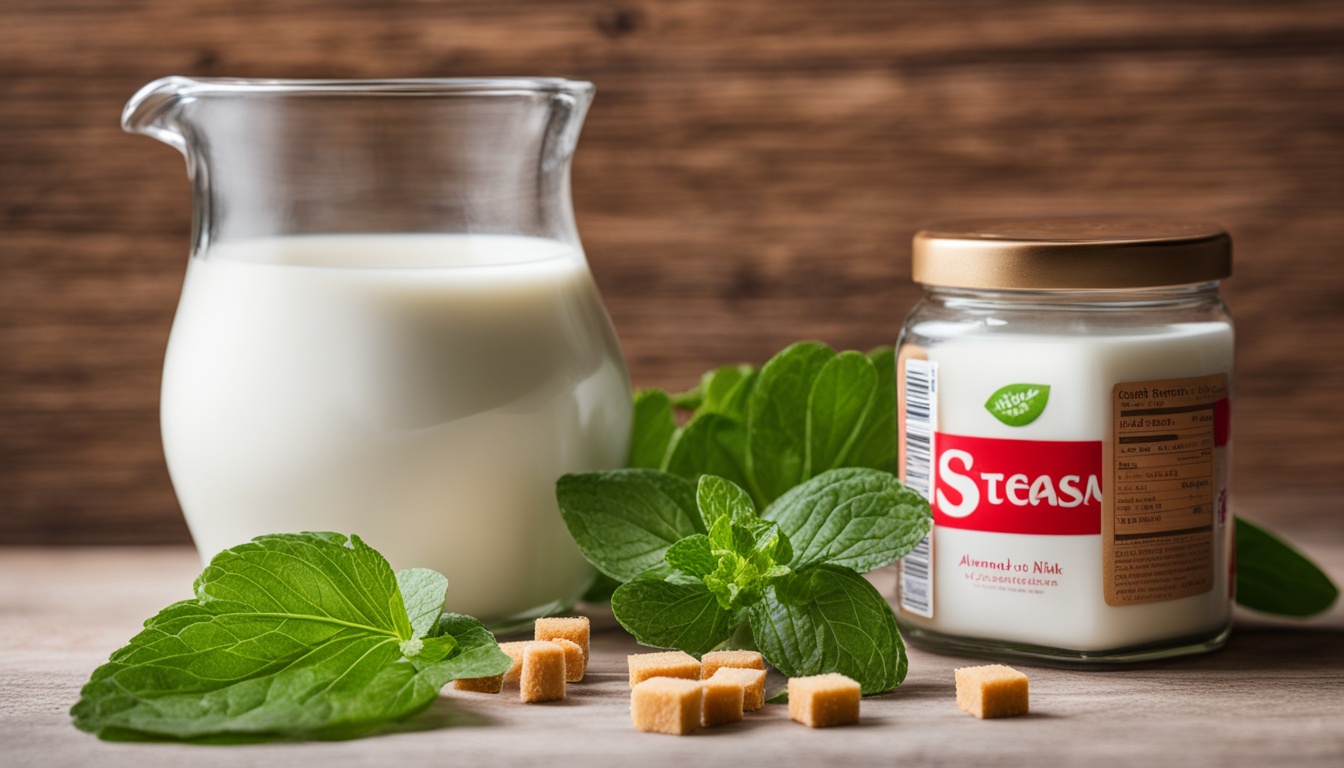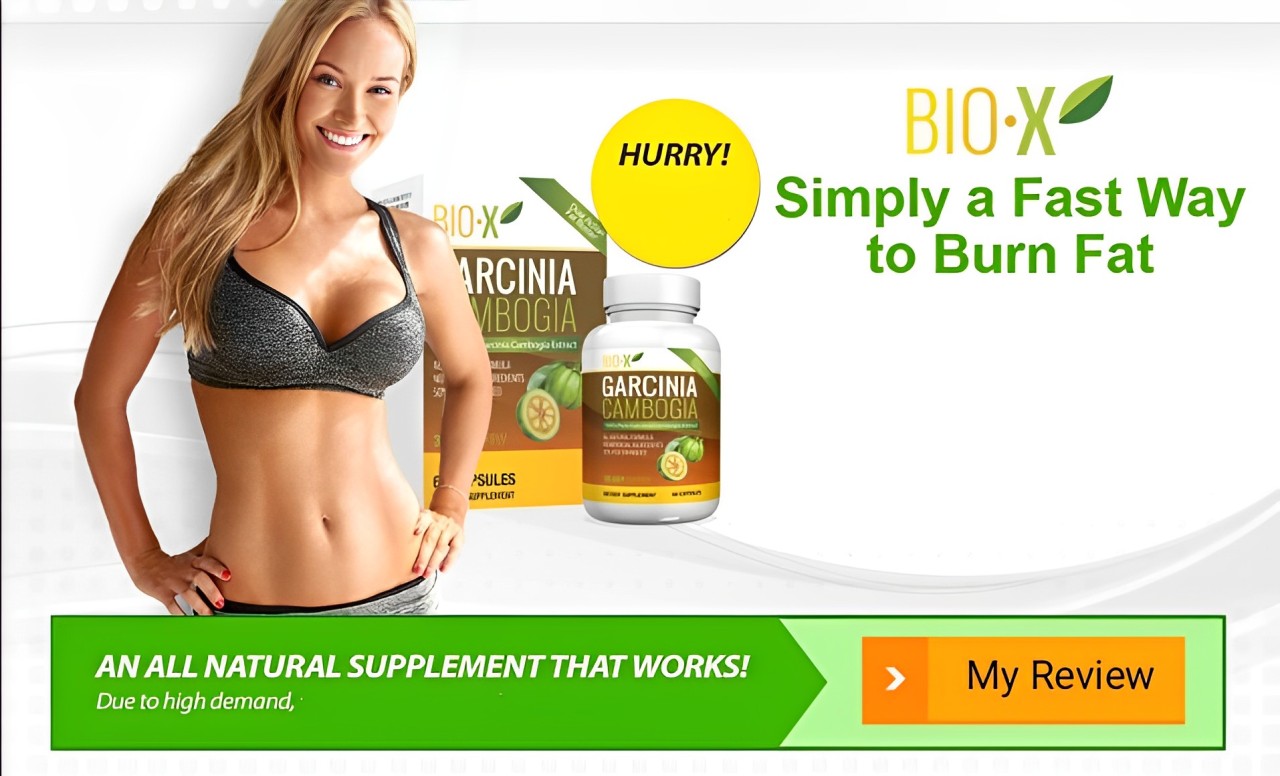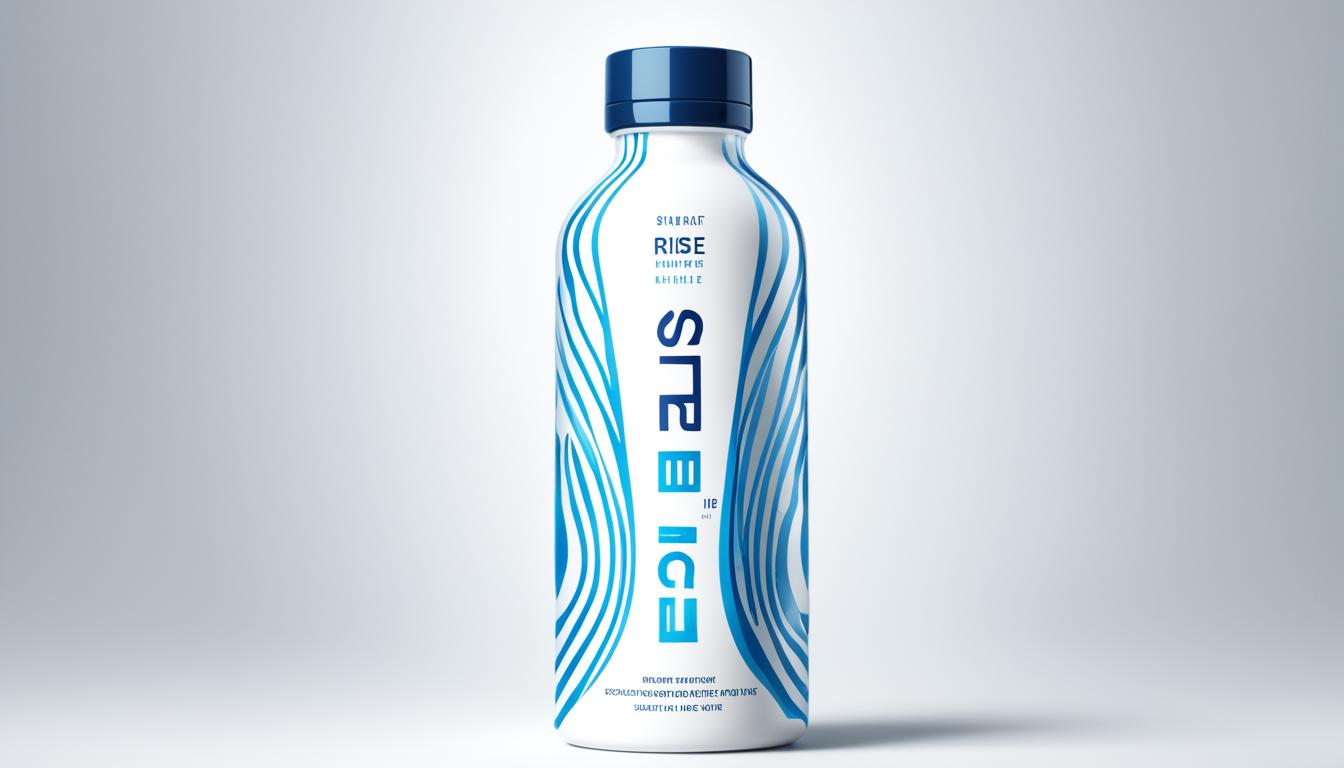In 2020, Americans bought 20% more plant-based milks than the year before. This shows that people are really into dairy-free milk alternatives now. If you’re lactose intolerant, worried about dairy’s environmental impact, or just want to try something new, there are many options out there.
This guide will cover the good and bad of different milk alternatives. It will help you pick the healthiest, most eco-friendly choice for your morning. You’ll learn about almond, cashew, hemp, and flax milks. Each one has its own benefits and nutritional values, making it easier to choose what’s best for you.
Key Takeaways
- The demand for dairy-free milk alternatives is growing rapidly, with a 20% increase in plant-based milk sales in 2020.
- Lactose intolerance affects 36% of Americans, driving the search for lactose-free milk options.
- Dairy production has a significant environmental impact, with emissions from the 13 largest dairy businesses growing by 11% from 2015 to 2017.
- Many non-dairy milk alternatives contain added sugars, underscoring the importance of choosing unsweetened varieties.
- Milk alternatives vary greatly in their nutritional profiles, with some being better suited for managing blood sugar levels than others.
Unveiling the Problems with Traditional Milk
Many people avoid traditional dairy milk because it can cause an insulin spike, even if you’re not diabetic. About 36% of Americans can’t digest lactose, leading to discomfort and digestive problems. Drinking dairy can also cause congestion, acne, and inflammation.
The dairy industry also harms the environment. The emissions from the world’s 13 biggest dairy companies went up by 11% from 2015 to 2017. This adds to our environmental issues.
Insulin Response and Lactose Intolerance
Traditional milk can make insulin levels go up, even if you don’t have diabetes. This is because of the lactose, which raises blood sugar. For those who are lactose intolerant, dairy can cause bloating, gas, and diarrhea.
Potential Side Effects and Environmental Concerns
- Dairy can lead to congestion and acne, showing it may cause inflammation.
- The dairy industry’s impact on the environment is big, with emissions from the world’s 13 largest dairy businesses growing by 11% between 2015 and 2017.
- As more people are added to the planet, we’ll need more food, including dairy. This could increase by 70% in the next 30 years, with an 80% increase in protein consumption. Switching to plant-based foods is key for the planet.
| Metric | Statistic |
|---|---|
| Dairy Alternatives Market Value | The dairy alternatives sector is estimated to be worth $32 billion over the next 5 years. |
| Dairy Intolerance | Dairy is a common food allergy due to casein, the main milk protein. Many can’t break down lactose, causing symptoms. |
| Calcium Content | Almonds are high in calcium but have less than traditional milk. |
“The global total retail market for plant-based food was approximately $5 billion in 2019, with milk products accounting for 40% of this market.”
Navigating the World of Milk Alternatives
The demand for dairy-free options is growing fast. This makes the world of milk alternatives very diverse. Knowing how they are made and what’s in them helps you choose the right one.
Understanding the Manufacturing Process
Most milk alternatives start with nuts, seeds, or legumes. They are soaked and then ground. After that, water and other ingredients are added to make it taste like milk. This method offers many plant-based choices, each with its own nutrition and taste.
Ingredients to Avoid: Added Sugars and Carrageenan
When picking a milk alternative, always check the label. Stay away from products with added sugars to avoid a spike in blood sugar. Also, avoid carrageenan, found in some milk alternatives, as it can cause stomach issues.

Knowing how milk alternatives are made and what’s in them lets you choose with confidence. You can pick options that fit your diet and taste preferences.
Milk Alternatives and Their Impact on Blood Sugar
Managing blood sugar levels is key, and not all milk alternatives are the same. Some dairy-free options can be healthier, but others, like oat and rice milk, might not be good for people with type 2 diabetes or prediabetes.
The Worst Offenders: Oat and Rice Milk
Oat milk has about 20 grams of carbs per cup, making it a high-carb choice. This can lead to blood sugar spikes. Rice milk is also high in carbs, which can hurt blood sugar control. Even unsweetened versions might have added sugars, making things worse.
On the other hand, milk alternatives from nuts, seeds, and veggies are lower in carbs. Almond milk, cashew milk, and flax milk are good for keeping blood sugar stable. Doctors often suggest these for people with type 2 diabetes or prediabetes.
“Choosing milk that is low in sugar and fat, and rich in protein, is beneficial for people with diabetes in managing blood sugar levels.”
Top 5 Milk Alternatives for Blood Sugar Control
For those looking to manage their blood sugar, there are great milk alternatives. Almond milk and cashew milk are tasty and nutritious choices. They make it easy to enjoy dairy-free drinks in your diet.
Almond Milk: A Nutty Delight
Almond milk is a top pick for blood sugar control. It’s low in carbs but high in healthy fats. Almonds are a great source of these fats, making almond milk a smart choice.
Cashew Milk: Creamy Goodness
Cashew milk is creamy and indulgent. It’s also low in carbs, perfect for blood sugar management. Its rich taste can satisfy those craving a luxurious dairy-free drink.
Hemp Milk: A Nut-Free Option
Hemp milk is a great choice for those avoiding nuts. It’s packed with omega-3 fatty acids and protein. This makes it a nutritious option for controlling blood sugar. Its mild flavor adds variety to dairy-free diets.
Coconut Milk: Moderation is Key
Coconut milk is another option for blood sugar control, but use it in moderation. It’s high in saturated fats. When used wisely, its creaminess can enhance recipes and drinks. Just watch your portion sizes to keep your diet balanced.
Flax Milk: Fiber-Rich and Nutritious
Flax milk is a fiber-rich choice that helps stabilize blood sugar. It’s low in carbs and offers omega-3 fatty acids. This makes it a great addition to dairy-free beverages and meals.
Sugar Free Milk Alternative: The DIY Approach
Making your own milk at home is a great way to control what goes into it. It’s also easy on the wallet. A basic homemade nut milk recipe includes soaking nuts, blending them with water, and straining the mix. This way, you skip the added sugars and gums in many store-bought brands.
Simple Recipe for Homemade Nut Milk
To start, soak 1 cup of raw nuts (like almonds, cashews, or hazelnuts) in water for 4-8 hours or overnight. Then, drain and rinse them. Add them to a high-speed blender with 4 cups of fresh water. Blend on high for 1-2 minutes until it’s smooth and creamy.
After that, strain the milk through a nut milk bag, cheesecloth, or a fine-mesh sieve to get rid of the pulp. Squeeze out as much liquid as you can. Your homemade nut milk will keep in the fridge for up to 4 days.
Customizing Your Nut Milk with Spices and Flavors
One of the best things about making your own nut milk customization is adding your favorite flavors. Try using a vanilla bean, cinnamon, cardamom, or a bit of maple syrup for a tasty change. You can also mix different nuts like almonds and cashews or hazelnuts and pecans.

Homemade nut milk is a healthier choice than store-bought options. It lets you control the ingredients and flavor. Give it a shot and enjoy a fresh, customized nut milk recipe that meets your dietary needs.
Shopping Guide for Store-Bought Milk Alternatives
Not all store-bought milk alternatives are the same. Some are better than others. It’s key to look for brands that use simple, high-quality ingredients. Elmhurst’s unsweetened cashew milk and Three Trees Organic’s non-GMO milk alternatives are great choices.
Elmhurst Unsweetened Cashew Milk: A Minimalist Delight
Elmhurst’s unsweetened cashew milk is a top pick. It’s made with just water and cashews. This means you get a creamy, tasty drink without added sugars or extra additives.
Three Trees Organic: A Brand to Trust
Three Trees Organic offers a variety of organic, non-GMO milk alternatives. They have everything from almond milk to oat milk, all without added sugars or artificial stuff. They focus on quality and sustainability, making their products good for you and the planet.
When shopping for milk alternatives, consider Elmhurst’s unsweetened cashew milk and Three Trees Organic. These brands offer quality and transparency. You get the ease of pre-made options without giving up on what’s good for you.
Decoding Labels: Tips for Choosing the Best Milk Alternative
When picking a milk alternative, it’s key to read the labels closely. Choose unsweetened options with simple ingredients. Make sure they’re rich in protein and healthy fats. Stay away from added sugars, gums, and other additives to support your health and manage blood sugar.
Almond Breeze Unsweetened Almond Milk is a top pick with only 1 gram of carbs and 0 sugar per serving. It’s perfect for those with diabetes. Plus, it has 450mg of calcium per cup, which is 50% more than regular dairy milk, and only 30 calories per serving. This helps with calorie control.
Elmhurst Unsweetened Cashew Milk is another excellent choice. It has no added sugars and is packed with nuts, offering four times more than other brands. It’s also shelf-stable and stays fresh for 7 to 10 days after opening.
- Look for unsweetened milk alternatives with a short, recognizable ingredient list.
- Prioritize options that provide a good source of protein and/or healthy fats.
- Avoid milk alternatives with added sugars, gums, and other stabilizers.
- Consider the nutritional profile, such as carbohydrate, sugar, and calorie content, to align with your health goals.
- Familiarize yourself with common dairy-free terms like “Dairy-Free,” “Non-Dairy,” and “Lactose-Free,” but keep in mind that these are not legally defined by the FDA.
By reading labels carefully and choosing the right milk alternatives, you can enjoy a tasty and healthier dairy-free diet.
Worst Milk Alternatives for Blood Sugar Control
Not all milk alternatives are good for managing your blood sugar. Pea milk and oat milk are two that could be bad choices.
Pea Milk: Hidden Sugars and Oils
Pea milk might seem healthy, but it often has added sugars and oils. These can hurt your blood sugar levels. It has 6 grams of carbs and 8 grams of protein, but it also has cane sugar and vegetable oil.
This mix can make your blood glucose go up. So, pea milk isn’t great for controlling blood sugar.
Oat Milk: The Carb-Loaded Culprit
Oat milk is another milk alternative to watch out for. It has the most carbs among plant-based milks, with 14 grams per cup and only 3 grams of protein. This can cause a big spike in your blood sugar, even if it’s not sweetened.
The natural sugar in oats, called maltose, is why. So, oat milk isn’t good for keeping your blood glucose stable.
FAQ
What are the main reasons people are turning to milk alternatives?
People are choosing milk alternatives for many reasons. These include lactose intolerance, dairy allergies, and concerns about animal welfare and the environment.
What are the potential issues with traditional dairy milk?
Traditional dairy milk can cause an insulin spike and digestive problems. It’s linked to congestion, acne, and inflammation. The dairy industry also harms the environment.
How are milk alternatives typically made?
To make milk alternatives, nuts, seeds, or legumes are soaked and ground. Then, water and other ingredients are added to create a milk-like drink.
What are some ingredients in milk alternatives that should be avoided?
Watch out for added sugars and carrageenan in milk alternatives. Sugars can raise blood sugar levels. Carrageenan may cause stomach inflammation.
How do different milk alternatives impact blood sugar levels?
Oat and rice milk have more carbs, which can increase blood sugar. Even without sugar added, they might have sugars from processing. This makes them less good for blood sugar control.
What are some of the best milk alternatives for managing blood sugar?
Almond and cashew milk are low in carbs and rich in healthy fats. Hemp milk is a nut-free choice with protein and omega-3s. Coconut milk is another option, but eat it in moderation because of its fat content. Flax milk is high in fiber and can help keep blood sugar stable.
What are the benefits of making milk alternatives at home?
Making milk alternatives at home lets you skip added sugars and gums. You can add your favorite flavors like spices or vanilla to your nut milk.
What are some recommended store-bought milk alternative brands?
Try Elmhurst’s unsweetened cashew milk and Three Trees Organic’s organic, non-GMO milk alternatives. They use quality ingredients and don’t have added sugars or additives.
What should I look for when selecting a milk alternative?
Check the nutrition labels when picking a milk alternative. Choose unsweetened options with simple ingredients and good protein and fats. Avoid added sugars and additives for better health and blood sugar control.
What are some milk alternatives to avoid for blood sugar control?
Pea milk often has sugars and oils that can be bad for inflammation. Oat milk is high in carbs and can raise blood sugar, even without sugar added. These are not good choices for managing blood sugar.
















